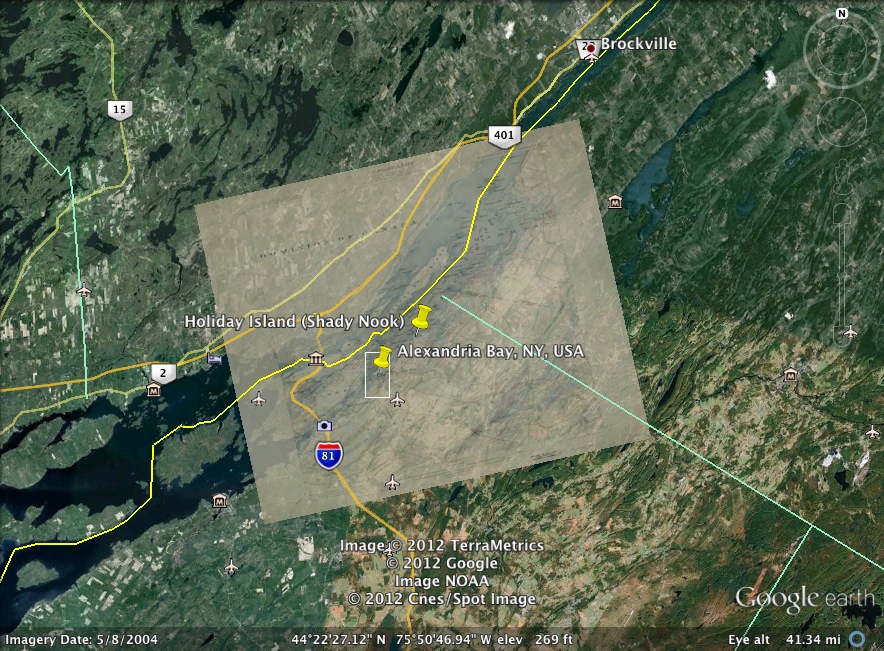For this assignment I chose to analyze Wikipedia’s article on the historical topic Sputnik 1. I chose Sputnik because I have some prior knowledge on the subject as well as issues in media representation from a Soviet History course I took last year. The method I used to evaluate this article is largely based on the University of Maryland’s Library web page Evaluating Web Sites.
The website does a good job terms of design, organization, and ease. Headings and subheadings are clearly displayed. The information flows in a logical order, with a content index that has associated links to each heading and subheading for easy navigation. Extensive use of links helps navigate within the site as well as the ability to easily turn to references/citations as they appear.
There is no specific author(s) mentioned on the main page. The site was last modified on October 8 2012 (today). I did found out one nice thing about Wikipedia- the ability of the user to “View History.” As many times as I have use Wikipedia in the past, I never paid much attention to the “View History” link located in the top right of the page. 
This allows users to see what has been added or modified, by who, and for what reason (changing terminology, removing inactive links, etc.). This leads the audience to believe the website is well maintained. Overall, it is. However, some of the links such as number 2. Walter A. McDougall, in the “Notes” section leads to a dead end.
The bibliography does not list specific credentials of the authors, but provides a means to research them. Some of the references appear to be credible based on the look of the citation. For example:
Bilstein, Roger E., “Stages to Saturn a Technological History of the Apollo/Saturn launch Vehicles,” Washington D.C., National Aeronautics and Space Administration, NASA SP 4206
The National Aeronautics and Space Administration (NASA) is obviously a well established and credible source of information. For kicks, I googled the author to follow up with whether or not this citation was legitimate. The evidence was established by the first search result, Roger Bilstein PHD. The About section of verified his involvement with NASA and his position as an expert on aerospace.
I believe Wikipedia acts with several intentions. It can be used to educate, advocate ideas, or persuade. At first glance this article seemed educational, but certain content made me question this. For example, the Propaganda section reads
Sputnik 1 was not immediately used by Soviet propaganda. The Soviets were focused on their own scientific goals and determination to win the Space Race[64] and kept quiet about their earlier accomplishments, fearing that it would lead to secrets being revealed and possible failures being exploited by the enemy.[65]
The citation shows that this information came from an article in the Moscow News. This seems contradicts what I learned in my Soviet History course led GMU professor by Steven Barnes, an expert in the former Soviet Union. In the course I learned that media of the Soviet Union often overemphasized their accomplishments in order to make it’s members as well as outsiders believe in the superiority of the Soviet Union. Although they kept a lot of secrets, advancement was not one of them. However, there is no easy way for me to be sure I am understanding this statement correctly since [65] can no longer be found of the web.
Wikipedia has it’s advantages and disadvantages. Not all of the information is reliable, but most people know that. It is a good tool for getting a basic idea of a topic before diving into research. It is also a valuable tool for finding sources on the topic, as long as you are willing to do additional investigation. You just cannot take the information at face value.




